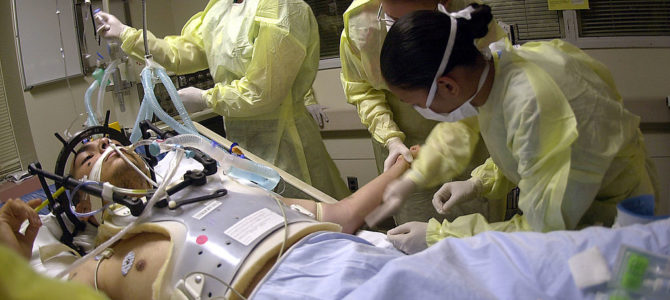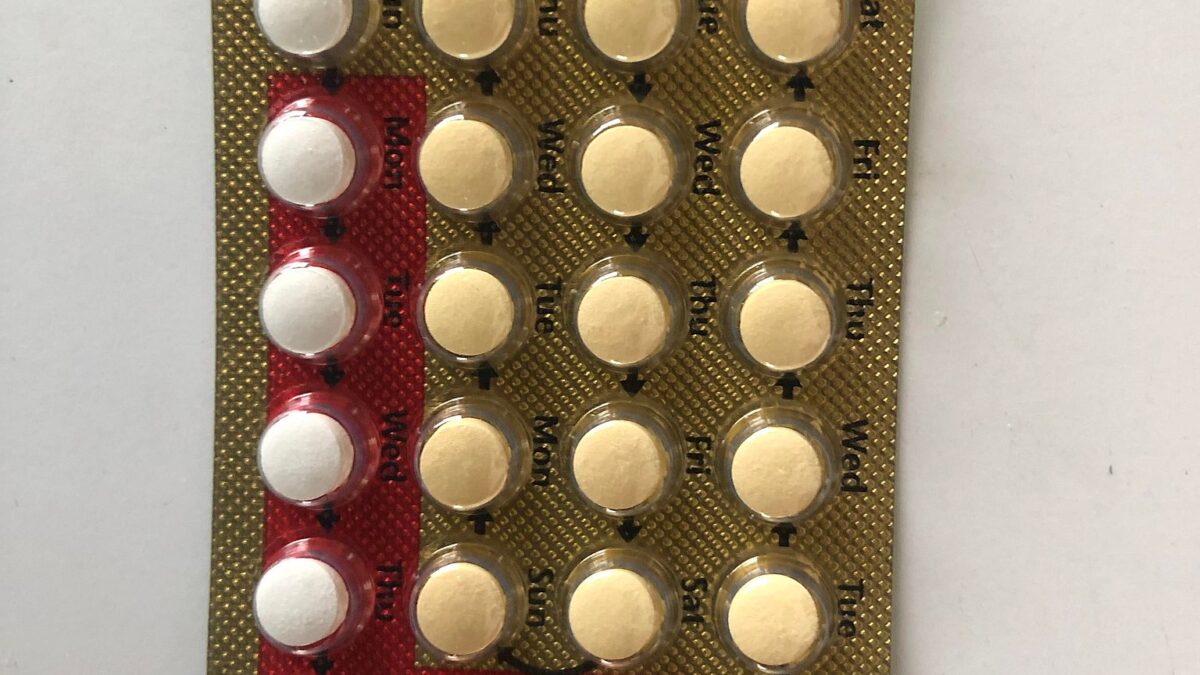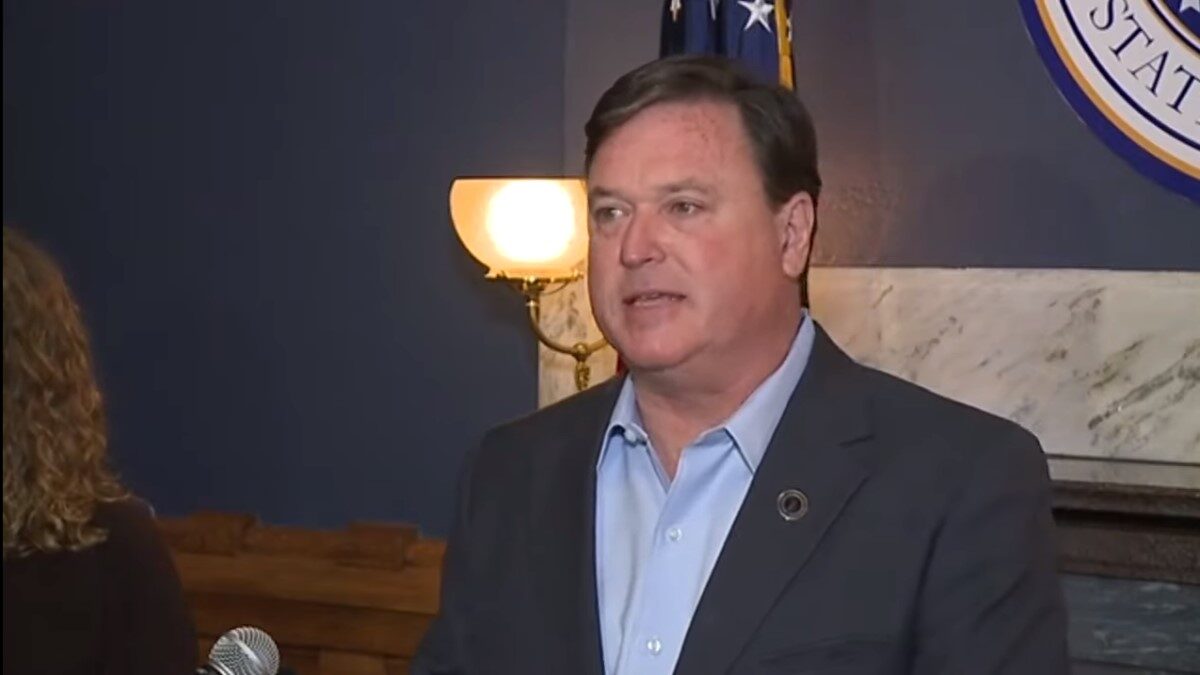
Physician-assisted suicide is facing New York’s high court, with a ruling due sometime this summer. We can already see the inherent doublespeak that is far too common among supporters of legalizing physician-assisted suicide.
In U.S. News & World Report, attorney Edwin Schallert, the representative of an advocacy group known as End of Life Choices New York, literally said, “We don’t view this as suicide… It’s a medically and ethically appropriate treatment.” Schallert and his associates, as reported in Newsday, prefer to use the term “aid in dying.”
Here is the problem. “Aid in dying” implies that the individual requesting the treatment wants to die. The aid that is being procured is the result of that desire. When someone does not request aid in dying but receives aid in dying anyway, we call that euthanasia or murder.
The intent is clearly what differentiates these two situations, and, to be fair, advocates of physician-assisted suicide understand this. Perhaps they do not understand how their policies can be abused to cover up murder, but very few people would ever advocate that any type of aid in dying should be received by someone who does not want to die and did not request that aid.
However, using the language of “aid in dying” and operating under the assumption that this aid is only to be provided when the individual with the terminal illness explicitly requests it brings the defender of physician-assisted suicide into yet another explicit contradiction about the situational acceptability of suicide.
Yes, We Call Intentional Death Suicide
When a particular individual is requesting aid in dying, presumably this individual is not able to do it him- or herself. Suicide is an epidemic-level problem in our society today, and with productions like “13 Reasons Why” influencing teenagers all over our country, it is obvious that many people do commit suicide without any assistance from anyone else.
Again, though, we need to look at the intent of this situation. We consider an intentional, self-inflicted death to be a suicide in all other situations, but in this particular case, Schallert wants to call this particular act anything but a suicide. Therefore, euthanasia advocates chose the much more positive-sounding “aid in dying.” This is supposed to be seen as something that helps people get where they want to be. For an individual who is voluntarily seeking out physician-assisted suicide, the end target is death.
The previously mentioned contradiction is rather blatant. It says suicide is permissible in certain situations, and we might call it something else, such as “aid in dying.” However, it is still a form of suicide based on the fact that an individual is seeking to terminate his or her own life. That is the definition we use for suicide in every other context.
Society teaches it is unacceptable for someone to choose to terminate his or her life when he or she is a teenager enduring bullying and sometimes horrific harassment from peers. In these situations, we provide counselors to help these individuals overcome their suicidal tendencies, and this is a good thing without a doubt.
That same society, by affirming physician-assisted suicide, is teaching that it is acceptable for someone to choose to terminate his or her own life, most commonly in cases of terminal illness. The suicidal tendencies in these individuals’ minds are apparently not wrong as, rather than bring in the professional counselors to try to help these people overcome their suicidal thoughts, they are allowed to act on them. They want to commit suicide, so because of their particular situation in life, it is somehow magically acceptable to basically not bother trying to prevent this decision.
No Life Is Worth Less Than Another
This contradiction is exactly why Schallert and his camp cannot allow physician-assisted suicide to be called suicide, as it really ought to be classified. The minute they admit that it is suicide, they have to answer the above contradiction, and there is no good reason for saying that one life is valuable and worth support while another life is not. There is no legitimate reason for saying that a teenager needs counseling while saying an elderly, terminal cancer patient does not. One life is clearly seen as valuable and worth preserving, while another is not. It is hard to simultaneously affirm that we believe in equality yet not provide everyone the same supports.
How far do you think any type of physician-assisted suicide legislation would get if it were not covered in doublespeak? Proponents speak about being “compassionate,” but they are actually agents involved in dehumanizing individuals with terminal illness.
For all of the talk about “death with dignity,” it is interesting that these individuals are deprived of the human dignity we give to any other individual contemplating suicide. Because they have inherent value as human beings, we seek to help them overcome these destructive tendencies and affirm the value in their lives. By acknowledging physician-assisted suicide for the suicide that it really is, we are stripping these individuals of the dignity they naturally deserve. They deserve our best efforts to help them affirm the value of their own life, just like any other individual who seems to be moving towards suicide.
Helping any suicidal individual to choose life is a true affirmation of the dignity of each person no matter what. “Aid in dying” and its associated euphemisms do just the opposite and destroy human dignity.









